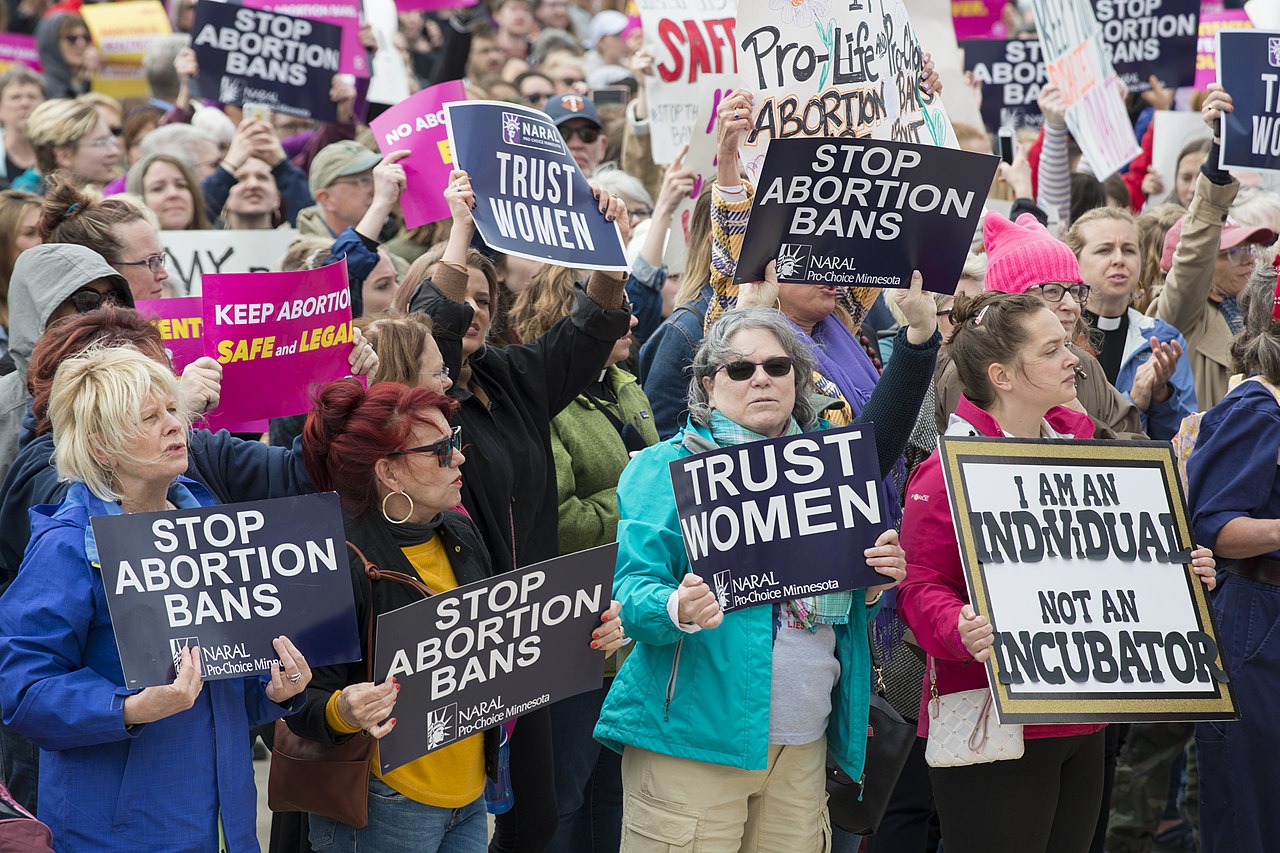WASHINGTON (Washington Insider Magazine) – In a historic departure from a half-century of decisions on one of the most divisive topics in American politics, the Supreme Court on Friday reversed the Roe v. Wade decision that established a fundamental right to abortion. About half of the states have now stated they would introduce legislation to ban the practice.
The court found 5-4 to overturn Roe and 6-3 to affirm a Mississippi abortion prohibition that was being contested in the case. Justice Samuel Alito, who authored the majority opinion, stated that the Roe decision by the court triggered a national issue that has soured the political atmosphere for fifty years.
Legal experts cited the overturning of Roe as one of the rare instances in which the Supreme Court had ever ruled a constitutional right unconstitutional, and the only instance in which it had removed a right that enjoyed broad public support.
The decision concerned a bill that Mississippi’s Republican-led legislature approved in 2018 that prohibited abortions beyond 15 weeks. The statute was promptly contested and placed on hold by the courts. It did not include an exemption for rape or incest but did in circumstances of serious foetal abnormalities or medical crises.
The law represented a direct challenge to the court’s seminal Roe v. Wade ruling from 1973 and its follow-up decision in Planned Parenthood v. Casey from 1992, which allowed states to enforce some prohibitions on abortion before viability as long as they did not place an undue strain on the right of access to the process. However, outright restrictions before viability, which is often around 24 weeks into a pregnancy, were found to be unlawful.
In supporting the Mississippi statute, Chief Justice John Roberts sided with the other conservative justices, although he cautioned against going any farther in a concurring opinion.
In a fiery disagreement, liberal Justices Sonia Sotomayor, Elena Kagan, and Stephen Breyer argued that there is only one explanation for the court’s change of heart: the new composition of the court.
Although the court’s decision does not render abortion unlawful, states can now seek to outlaw it since it is no longer seen as a fundamental right, according to NBC NEWS.
After an early copy of the ruling was leaked in May, sparking several days of protests in over 2 dozen places, proponents of abortion rights were preparing for the loss. Even outside some court members’ residences, protesters turned up.
Democrats in Congress reacted to the leak by calling a Senate vote to push legislation that would ensure access to abortion across the country because they were concerned that Roe might be overturned. However, the bill was defeated on mostly partisan lines.
In remarks from the White House, President Joe Biden referred to Friday’s decision as “a tragic error by the Supreme Court” which had endangered women’s lives and health.
During a press conference, House Speaker Nancy Pelosi, D-Calif., made the assertion that the justices, who were all appointed by Trump and participated in the majority ruling, had lied when they claimed to follow precedent during their confirmation hearings before senators.
Senator Joe Manchin, a centrist from West Virginia, expressed his deep disappointment with the decision and called out Brett Kavanaugh and Neil Gorsuch, both of whom he backed to confirm, for supporting the reversal of Roe.
The decision was dubbed “ill-considered” by moderate Republican Senator Susan Collins of Maine, who also voted to approve Gorsuch and Kavanaugh.
The Senate Judiciary Committee tweeted in response to the decision that it will host a hearing “next month to explore the grim reality of a post-Roe America.”





































